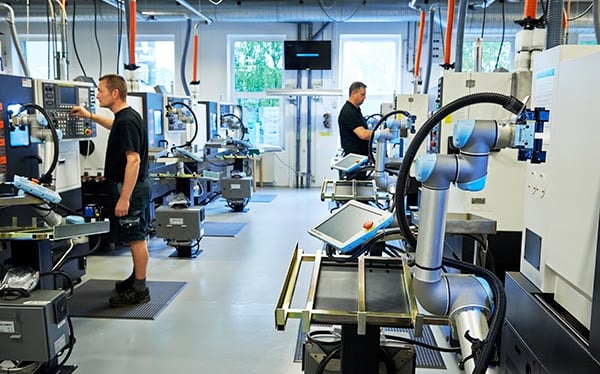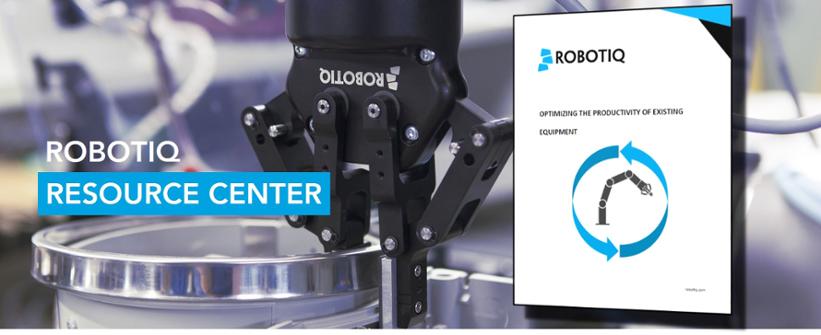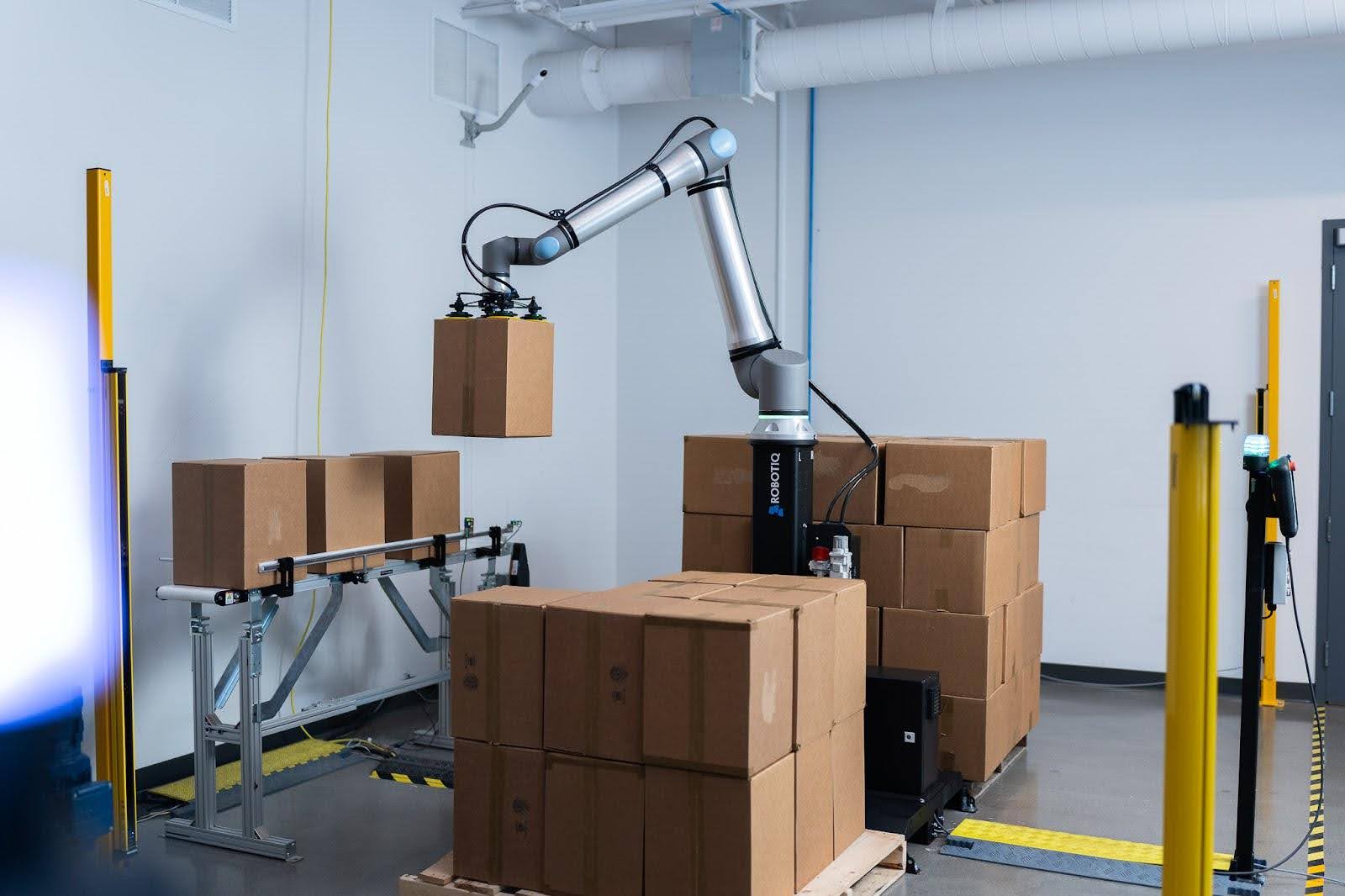Increasing Productivity in Manufacturing: Optimizing the Cost of Raw Materials

Posted on Oct 18, 2016 7:00 AM. 2 min read time
 While raw materials are usually an easy target to cost reduction and optimization, you should look at the other variables first: labor costs, factory layout, quality control, energy consumption and machine runtime. Go on, we'll wait.
While raw materials are usually an easy target to cost reduction and optimization, you should look at the other variables first: labor costs, factory layout, quality control, energy consumption and machine runtime. Go on, we'll wait.
Now that you have increased production, you are getting more parts out of your process. Therefore you must be using more raw materials than you were before!

Now it is time to use this argument as leverage in negotiating prices with your suppliers! Look at different suppliers carrying the same product line or similar products. Even though pricing may be the main decision driver in the process, keep the following in mind because they are just as important.
- Getting good technical support from the supplier will help you solve issues that you may run into with your product.
- Credibility of the supplier. If you are using a well known supplier, it is easier to trust the product, there are fewer chances that the supplier will shut down and if they allow you to do it, you can use their name in your marketing to promote your product such that your customers know that you are using quality materials to make your product.
- Lead times and delivery. You need to make some calculations here. If some suppliers have a lower cost than others, but require large batch orders, there is a cost associated with stocking inventory. Furthermore, if you are in the high tech industry, products change and evolve fast. So if you start holding large inventories there is a higher chance that you may get stuck with unusable product if it becomes obsolete at some point, say because new product is being released.
- Shipping and customs. While some suppliers will boast much lower costs than their local competitors, include shipping and customs fees in your cost calculations. Often these will offset a large chunk of the savings.
- Avoid changing and switching between suppliers all the time for lower prices. This does not create a good relationship with your supplier. I would not say don’t go out and shop for other prices, but before making the switch to a new supplier, make sure you discuss this with your current supplier. Often they will match your specs and price.
Don’t forget that the optimized production produces what the client needs, no more and no less. Beyond the cost of raw materials and the growing production runs, you should also aim to avoid overstocking finished products. With this in mind, you may want to negotiate agreements with your suppliers that commit to certain quantities of material purchased, but with deliveries in smaller batches. This could allow you to obtain better pricing.
Read more about optimizing productivity in our eBook: Optimizing the Productivity of Existing Equipment.








Leave a comment